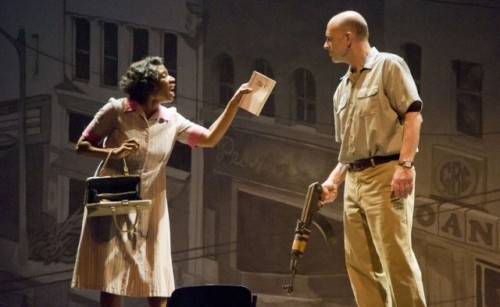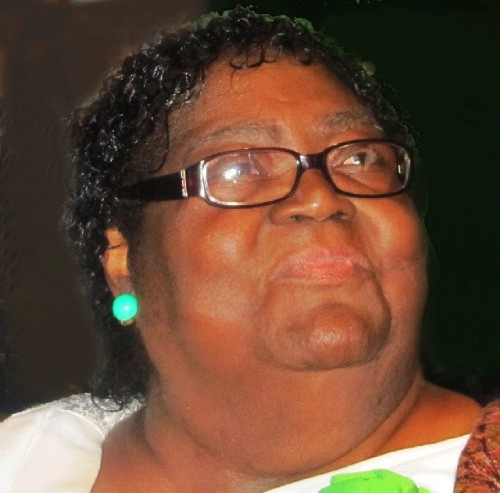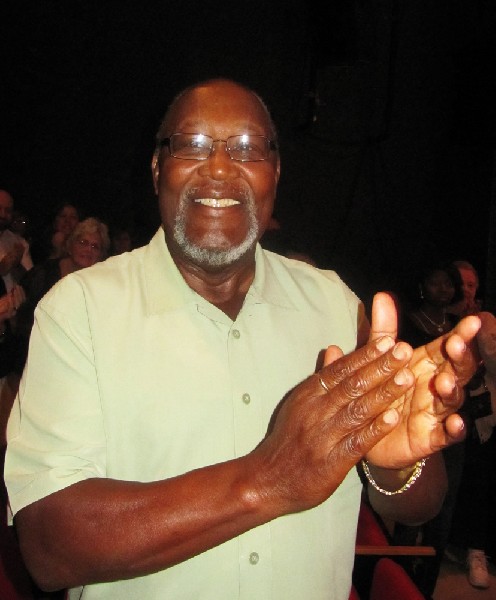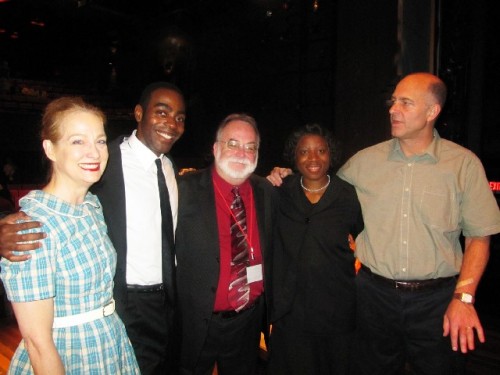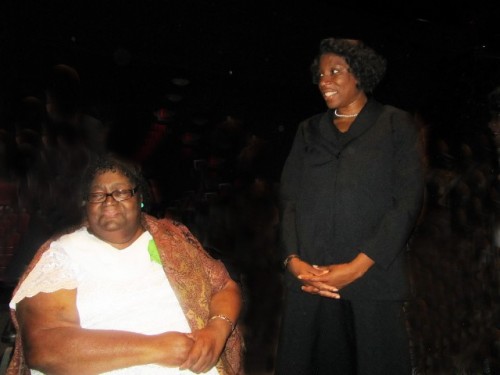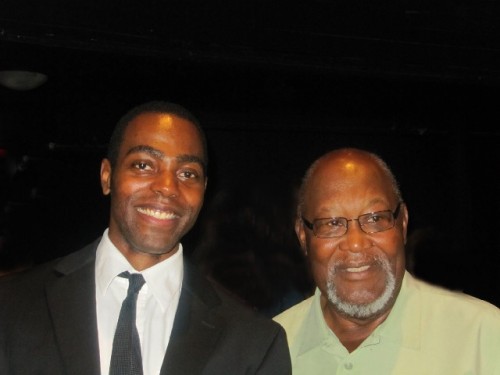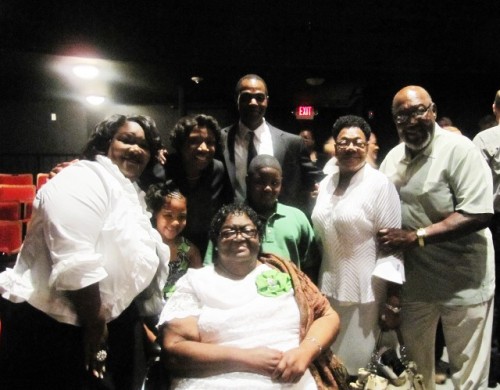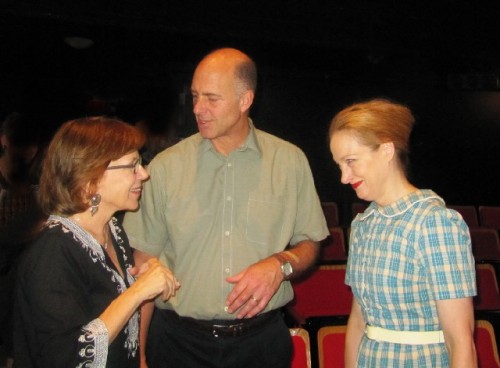The Best of Enemies at Barrington Stage Company
Mark St. Germain Play Returns in October
By: Charles Giuliano - Jul 28, 2011
Once again, a play by Mark St. Germain at Barrington Stage has gone viral. Previously, Freud's Last Session, which is still running off Broadway through October, set a record for most peformances on Barrington's small stage when it opened during the summer of 2009. It returned that fall and yet again before heading Off Broadway.
In its initial run, July 21 through August 6, with two added matinees due to demand, there were some 7,000 tickets sold for The Best of Enemies. This is a Barrington record for that length of time on the Main Stage featuring a drama. During the next phase, New York producers will see this play and consider its future.
Recently, we met with St. Germain who discussed the long run for Freud's Last session and its immediate future. "We’ll run (in New York) until the end of October. (The Marjorie Dean Theatre at 64th and Central Park West which seats 145) It’s selling well. In all that time we have hit maybe a couple of bad weeks. It’s experienced a kind of surge again. It has to stop at the end of October because the theatre space is committed. We might go back from January through March. Then in March this company will go to Chicago and perform. That will be an open run. (The Mercury Theater 3745 N. Southport Ave. Chicago, IL 60640 773-325-1700). I don’t know what will happen from there."
The Best of Enemies
By Mark St. Germain
Based on the novel by Osha Gray Davidson
Directed by Julianne Boyd
Scenic Design, David M. Barber; Costume Designer, Kristina Lucka; Sound Designer, Brad Berridge; Lighting Designer, Scott Pinkney; Stage Manager, Michael Andrew Rodgers.
Cast: John Bedford Lloyd (C.P. Ellis), Aisha Hinds (Ann Atwater), Clifton Duncan (Bill Riddick), Susan Wands (Mary Ellis).
Barrington Stage Company
Main Stage
Pittsfield, Mass.
July 21 through August 6
The convergence of elements in the world premiere last night of The Best of Enemies by playwright Mark St. Germain, at Barrington Stage Company, was as rare and sublime as a solar eclipse.
Based on actual people and events during the Civil Rights movement of the 1960s and the 1971 integration of schools in Durham, North Carolina, in the arc of 96 minutes in one act, we witness with tense and rapt attention the collision course of a black woman, Ann Atwater (Aisha Hinds) and a vile, ignorant, racist Grand Cyclops of the Ku Klux Klan, C.P. Ellis (John Bedford Lloyd).
At the outset of their unlikely partnership, in a charette organized by a young black activist Bill Riddick (Clifton Duncan) to Save Our Schools, they are worlds apart and likely to crash and burn.
In a brilliant and risky strategy, Riddick has dredged them out of the depths of a deeply divided community as signifiers of their polarized races. Hurling insults and epithets, they match each other in an explosive standoff.
We are amazed when, as a witness to this firestorm of invectives, Riddick impassively evaluates it as progress. His greatest challenge has been to bring together representatives of opposing views to form a committee to air out and compromise on differences.
When there is a pissing contest between the opposing skunks, so to speak, Riddick jumps in with a shocking screed of every possible hateful stereotype “Buckwheat, Massa, Jigaboo, Fishbelly, Knuckle Dragger, Ditch Pig, Rube, Ring Tail, Wonder Bread, Tar Baby, Jigaboo, Whitey, Woolhead, Bubba, Jungle Bunny, Buckra, Mayonnaise, Mandingo, Shit Kicker, Silver Back, Pasty Face, Nigglet, Caveman, Cottonpicker, Ofay.”
It is a stunning moment that stops the protagonists as well as the audience in its tracks. They have heard all those terms before. As have we. At one time or another, most of us have used them in anger, hurtful jokes, or casual anecdotes.
Naming is knowing. Like cutting into a snake bite to suck out the venom.
When Ann wants to bring her black choir to a SOS committee meeting, C.P. agrees if they will sing some Klan songs. With the mordant retort of an iconic performance by Hinds, she sarcastically invites C.P. to bring his Klan Choir. Of course there is none. But if he agrees to her church music, then he should have an exhibit, in the halls of the black school in which they meet, of a history of the Klan. Ann agrees.
Angry school children want to tear down the Klan display. Ann sternly orders them to not only leave it alone but to study it carefully. You must know your enemy before engaging and defeating him.
This reads like a vignette, a sidebar, and human interest story ripped from the chronicles of the Civil Rights movement. From the opening scene of the play, we know instinctively where this is going--that it will end with the resolution and bonding of opposites. The paradigmatic dramatic device of reversal is inevitable. We just settled into the predictable resolution of the action.
Ah. But it is not the story and its obvious telling that we saw last night. It was the weaving of the events of real life into a truly remarkable and absorbing work of art. There was a sense of a great historical moment. Not just witnessing the retelling of actual events but also the creation of new theatrical history. We got to participate in the birth pains and exquisite agony of what may prove to be a great and enduring play.
The prior Barrington Stage production of a new play by St. Germain Freud’s Last Session holds the company record for most performances. It has passed its 300th performance Off Broadway, and it will tour nationally and internationally next season.
Dare we say this? Brace yourself. While St. Germain’s Freud’s Last Session is a great play, well, The Best of Enemies is even better. While his Freud made us think, Enemies reaches beyond that to dig deep into our hearts as well as opening up our minds. Not only did we see Ann and C.P. embrace as enemies, now changed and morphed into brother and sister, it also changed us as an audience. Who could sit in that audience and not feel differently about the dark, embedded racism that lies hidden in all of us as an American legacy? Particularly for those of us that lived through the generation of Civil Rights in America.
Perhaps, it is different for kids today. One would like to think that we have made the kind of progress that courageous, grass roots pioneers like Ann and C.P. set in motion. They were not anointed and trained as leaders. Sparsely educated themselves, they were fighting for changes that would make it possible for the next generation to move forward.
Barrington Stage has again given us theatre that matters.
While St. Germain, Barrington’s franchise playwright, provided a riveting and powerful script, all the suns, moons and stars converged that make up a production that meshed perfectly. This is the truly cosmic new play of the Berkshire season that will inevitably find its way to New York and the world stage.
With this premiere, Julianne Boyd has again identified the heart and soul of Barrington Stage Company. While she skillfully selects the traditional theatre that audiences crave, there is another vital aspect in presenting the best possible new works. This places a regional company in the national spotlight. Her keen eye for top talent makes a stunning contribution to the ever stronger notion of world class theatre in the Berkshires.
Boyd has brilliantly broken down the complex narrative arc into a series of stunning vignettes. These nuggets are the emotional links in a chain of events that bring us through the impossible transformation of opposites. Here she had a wonderful design team. The sets created by David M. Barber proved to be simple, almost generic but modular. It allowed for the seamless transitions from the homes of Ann and C.P., to his garage where he first encounters Bill who invites him to the charette, to the school in which they meet. The panels slide on a horizontal plane perpendicular to the audience in the manner of the shoji screen of a Japanese home. Simple pieces of furniture are moved about during the blackouts between scenes.
There are slide projections on the flats that jolt us with images of the Civil Rights era. At my age, they were readily familiar from the pages of Life Magazine and other journals. A younger person may just see a black man in pain sprawled on the ground. Of course, it is instantly recognizable as the iconic image of Medgar Evers when he was assassinated on June 12, 1963 by White Citizens' Council member Byron De La Beckwith.
In the sound design of Brad Berridge, there were wonderful passages of acoustic delta blues as intervals between scenes which were neatly defined and illuminated by Scott Pinkney. The costumes by Kristina Lucka correctly evoked the working class attire of Ann and C.P. setting them off from the more educated look of Bill.
Mostly what made this play so powerful and compelling were the uniformly superb performances of the cast. As Ann, Aisha Hinds belongs on every year end Best of the Berkshires list. Of course, St. Germain has given her great lines, but beyond the text Hinds sent chills up our spine with just a pregnant pause or withering look.
She has a spot on perfect partner in the veteran character actor John Bedford Lloyd. We have seen him over six seasons at Williamstown Theatre Festival, including a reading of ART in a combined one nighter of WTF and the Clark. You catch glimpses of the Williams alumnus now and then on TV including this past season as a police captain in Blue Bloods. In luring him away from WTF this season, Boyd has given him one of the meatiest roles of his career.
As the hate spewing Klansman C.P. he is a lumpen proletariat everyman. This social and economic bottom feeder sees blacks, Jews, Catholics, liberals and commies as a threat to his way of life. As an actor, Lloyd is so ordinary and nondescript that he shows up everywhere, and you hardly notice or remember him. This is the lead role that he so richly deserves, and Lloyd leaves teeth marks all over over it.
As the young civil rights worker, Clifton Duncan was up to the task of calmly mediating between the feuding pit bulls Ann and C.P. We marveled at his ability to stand up to and absorb the insults hurled at him by a Cyclops of the KKK.
Susan Wands does her best with the small, supporting but pivotal role of Mary Ellis the cancer stricken wife of C.P. They married when she was just sixteen. As a child bride with three kids she went along with, but never approved of, his devotion to the Klan. It was not so much an objection to its racism but more about the neglect of the family and their blind, retarded son. Ann is truly moved when she learns this fact about his family. There are nice moments, such as when Mary comes to the house of Ann with a bag of groceries.
Because of their involvement and eventual activism, both Ann and C.P. suffer consequences. When she mouths off to an employer, Ann loses her job as a domestic servant. Media notoriety makes her unemployable by white families. Similarly, the business of C.P., a filling station and garage, is shunned by his white friends and neighbors.
While riddled with hate, for a high school dropout like C.P., the Klan has been a way of life, as much a social fraternity as an instrument of intolerance. Through the tough process of negotiation and compromise, he comes to realize that Ann is as much a leader and spokesperson for her people as he is for his way of life. Through that insight, he can no longer hate Ann individually or blacks in general. In a stunning moment during a charette meeting, C.P. tears up his Klan membership card.
This made him a pariah in the community. But Durham was his home and he opted to remain. He hit the bottom of the bottle when Mary died resulting in a suicide attempt. Ann forces her way into a segregated hospital as his only visitor and friend. Their poignant embrace coursed through me in riveting empathy.
In the black out after that scene, we assumed it was the end of the play. It was followed by a scene in which we learned that C.P. was elected as a steward by his janitor’s union which was 90% black. He devoted the remainder of his life as a statewide labor organizer.
In the annals of the church, the greatest saints were converted sinners. Think of Saul, the persecutor of Christians, on the Road to Damascus. Blinded by the light of the Lord, he is thrown from his horse. As the result of that cathartic incident, he evolved as Paul a pillar or the church.
The transformation of C.P. from rabid racist and Klansman to union activist is no less miraculous.
The evening should have ended then, but there was yet another anticlimax. A curtain parted to reveal a rollicking church choir. It was a tasty, titubating treat as we all burst to our feet and clapped along through the curtain calls. But it was hardly necessary.
But there was one more stunning surprise. Lloyd asked the audience for silence and introduced us to Bill Riddick and Ann Atwater who both attended the premiere. Riddick, now middle aged, was spry and affable. While the elderly and infirm Ann is confined to a wheel chair from which she held court with many admirers. There was a feeding frenzy of photo ops.
May your tribe increase.

